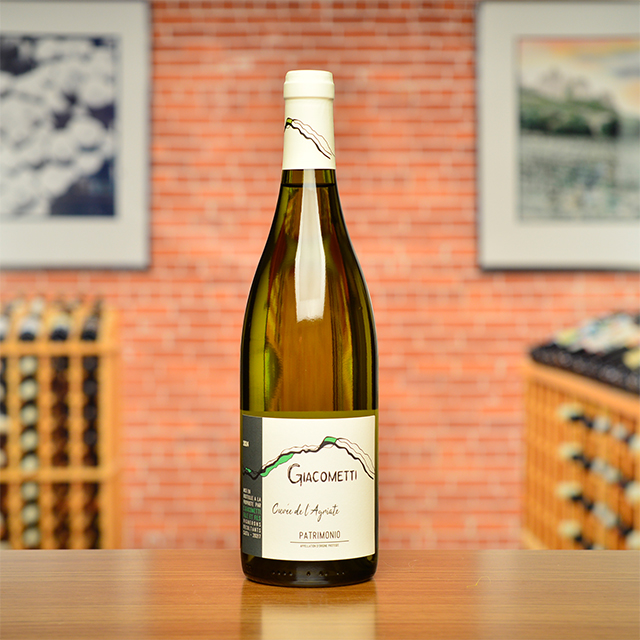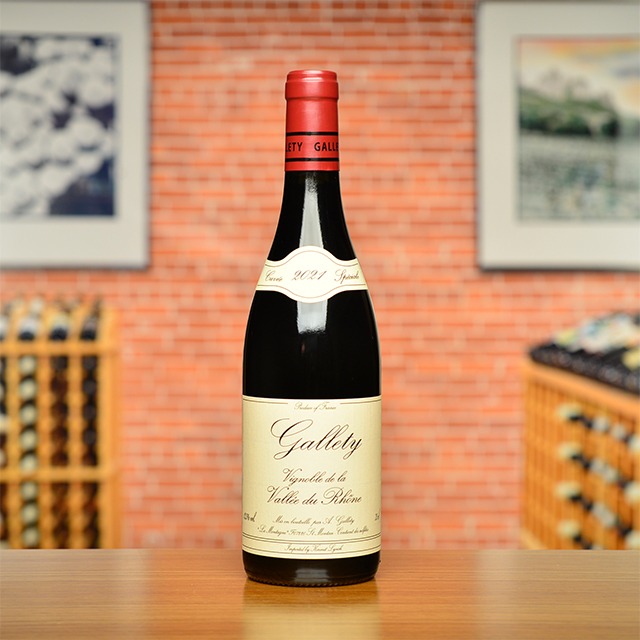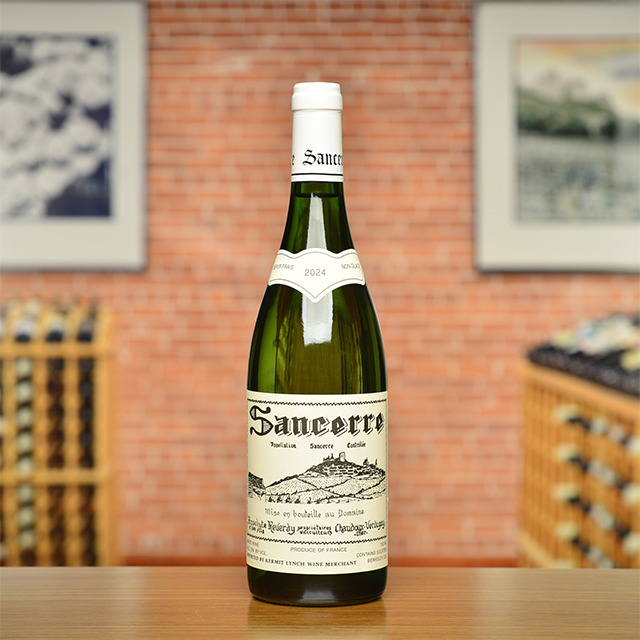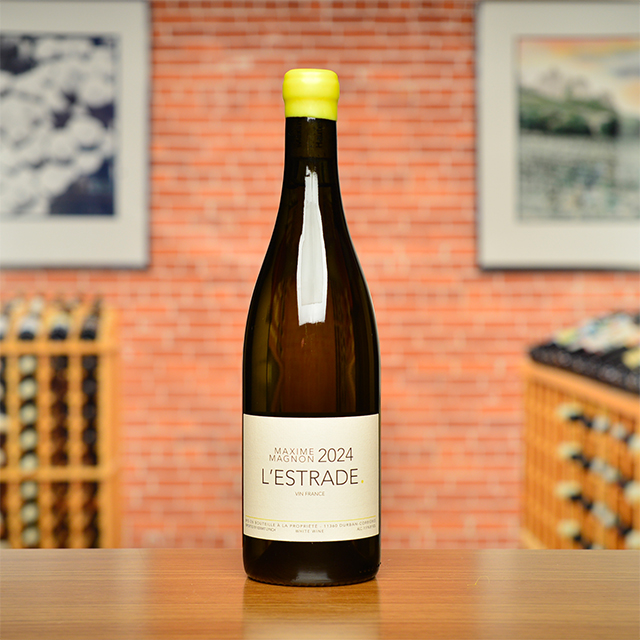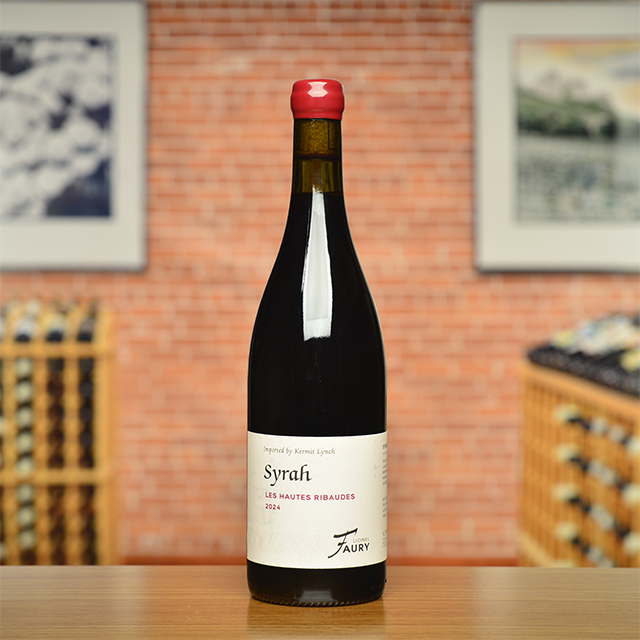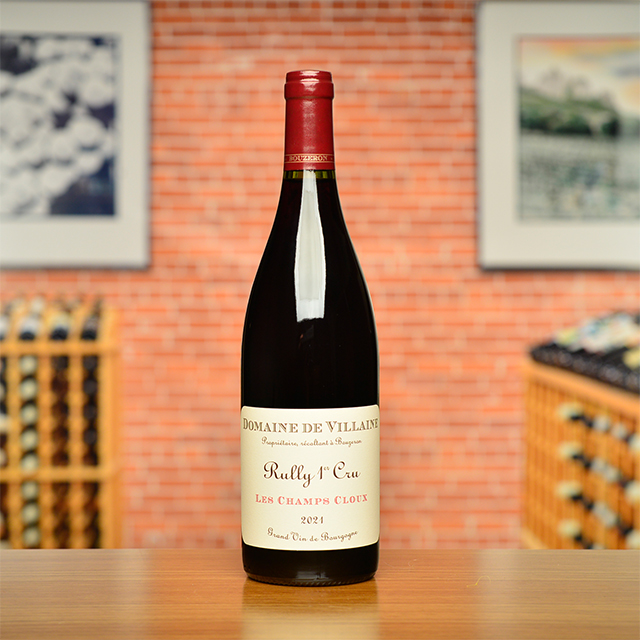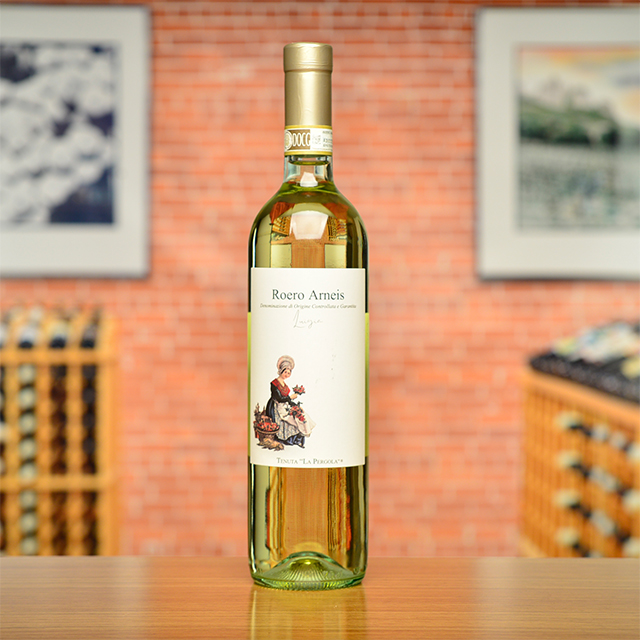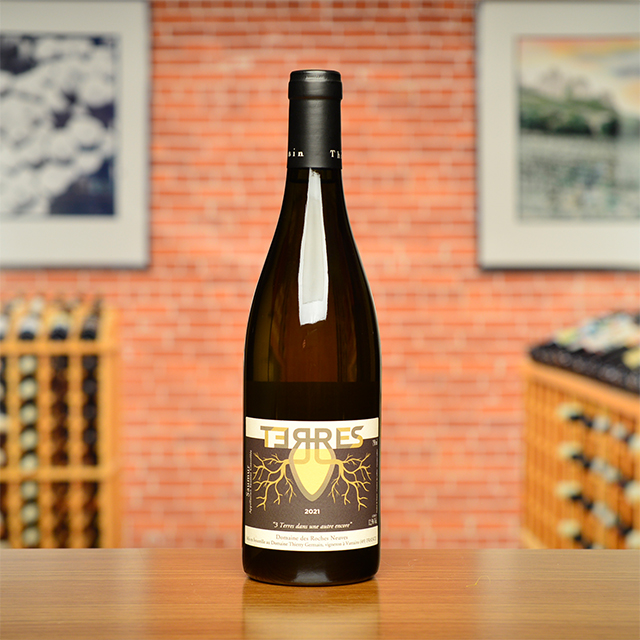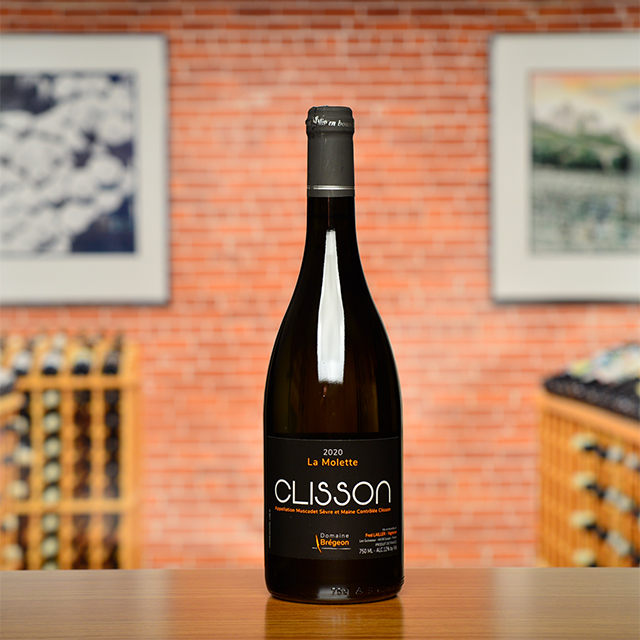Notify me
2021 Pic Saint-Loup Rosé
Château La Roque
Besides having one of the best names in the wine business, Cyriaque Rozier has one of the best jobs. He runs the historic estate of La Roque with carte blanche. The domaine is his oyster, if you will. While he long ago certified the estate as biodynamic, brought in the horses for working the vines, and banished all additives from the cellars, he now gets to focus and experiment on the details. This rosé, for instance—so pale you need to hold it up to a light and squint to see that slight flicker of rosé hue—blurs the line between rosé and blanc. It seems like a peek at a fifth dimension, a middle ground between light and shadow (cue Twilight Zone music). The look and the aromas say blanc, and yet the suave, velvet pillow feel says rosé. I say, “Yes, please!”
—Chris Santini
| Wine Type: | Rosé |
| Vintage: | 2021 |
| Bottle Size: | 750mL |
| Blend: | 30% Mourvèdre, 30% Cinsault, 20% Grenache, 20% Syrah |
| Appellation: | Pic Saint Loup |
| Country: | France |
| Region: | Languedoc-Roussillon |
| Producer: | Château La Roque |
| Winemaker: | Cyriaque Rozier |
| Vineyard: | 3 ha, 20 years |
| Soil: | Clay, limestone scree |
| Aging: | Aged in stainless steel tanks for 4 months |
| Farming: | Biodynamic (certified) |
| Alcohol: | 12.5% |
More from this Producer or Region

2022 Vin de France Blanc
France | Languedoc-Roussillon
** New Wine Added **Searching for something a bit funky to enliven your jaded palate? Look no further and prepare for an experience like none other.
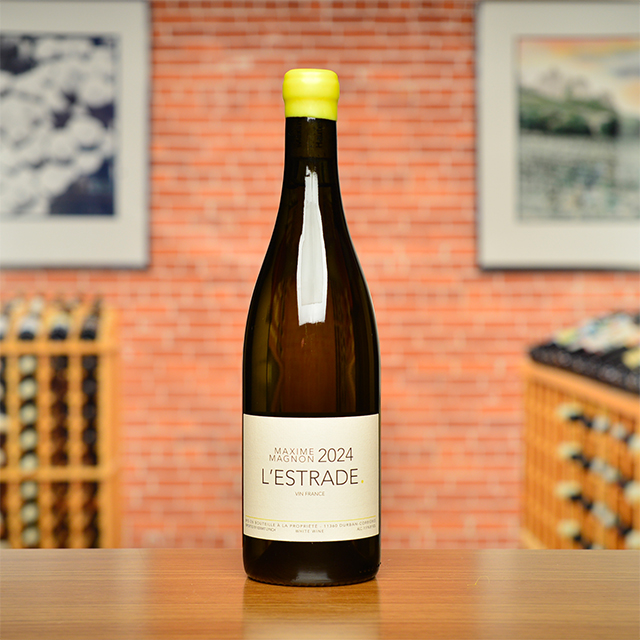
2024 Vin de France Blanc “L’Estrade”
France | Languedoc-Roussillon
The imprint of the sun-kissed landscape of the Languedoc is clear, with aromas of honeysuckle and lime zest.

2022 Saint-Chinian Blanc “Montmajou”
France | Languedoc-Roussillon
The Jurassic limestone soil and high elevation lieu-dit where the name “Montmajou” springs from lend this blanc a lean elegance.

2021 Pic Saint Loup Rouge
France | Languedoc-Roussillon
There is something timeless to La Roque’s Pic Saint Loup, its herbal bouquet and rich, fleshy texture, all free from any hint of modern trappings.

2020 Pic Saint Loup Rouge “Cupa Numismae”
France | Languedoc-Roussillon
It’s dense, noble, with grip and grit, the kind of cuvée that could generate a lot of awe and attention... and also a much higher price tag.

2021 Vin de France “Le Carignan”
France | Languedoc-Roussillon
Old vines give this Carignan a supple, suede-like texture, along with loads of dark fruit, a peaty smokiness, and great minerality.

2019 Faugères “Valinière”
France | Languedoc-Roussillon
Valinière is a monumental demonstration of what happens when respectfully working the earth is not just a job, but one’s whole life.
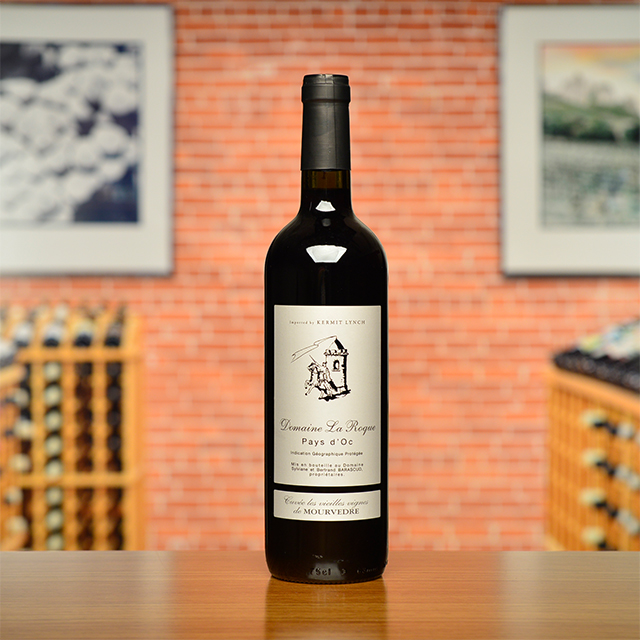
2021 Pays d’Oc Rouge “Les Vieilles Vignes de Mourvèdre”
France | Languedoc-Roussillon
Cherry-cheeked and ebullient, this old-vine Mourvèdre acts anything but its age. Pure fun and drinkability. Age ain’t nothing but a number!

2020 Faugères “Jadis”
France | Languedoc-Roussillon
Earthy, meaty, savory, juicy, and powerful, it is a glassful of joyful, soulful goodness.

2022 Vin de France Blanc “Malvoise”
France | Languedoc-Roussillon
Tasting the bottle, one quickly sees winemaker Cyriaque Rozier’s statement that Malvasia has “acclimated perfectly to the land of La Roque” is not an overstatement.
About The Producer
Château La Roque
About The Region
Languedoc-Roussillon

Ask wine drinkers around the world, and the word “Languedoc” is sure to elicit mixed reactions. On the one hand, the region is still strongly tied to its past as a producer of cheap, insipid bulk wine in the eyes of many consumers. On the other hand, it is the source of countless great values providing affordable everyday pleasure, with an increasing number of higher-end wines capable of rivaling the best from other parts of France.
While there’s no denying the Languedoc’s checkered history, the last two decades have seen a noticeable shift to fine wine, with an emphasis on terroir. Ambitious growers have sought out vineyard sites with poor, well draining soils in hilly zones, curbed back on irrigation and the use of synthetic fertilizers and pesticides, and looked to balance traditional production methods with technological advancements to craft wines with elegance, balance, and a clear sense of place. Today, the overall quality and variety of wines being made in the Languedoc is as high as ever.
Shaped like a crescent hugging the Mediterranean coast, the region boasts an enormous variety of soil types and microclimates depending on elevation, exposition, and relative distance from the coastline and the cooler foothills farther inland. While the warm Mediterranean climate is conducive to the production of reds, there are world-class whites and rosés to be found as well, along with stunning dessert wines revered by connoisseurs for centuries.
More from Languedoc-Roussillon or France
2022 Vin de France Blanc
Domaine Leon Barral France | Languedoc-Roussillon
2021 Corbières “Rozeta”
Maxime Magnon France | Languedoc-Roussillon
2021 Pic Saint Loup Rouge “Sainte Agnès”
Héritage du Pic Saint Loup France | Languedoc-Roussillon
Cap de Creus “Ranci Sec”
Domaine La Tour Vieille France | Languedoc-Roussillon
2021 Corbières Rouge “Campagnès”
Maxime Magnon France | Languedoc-Roussillon
Vin de Pays Memoire “d’Automnes”
Domaine La Tour Vieille France | Languedoc-Roussillon
2022 Vin de France Blanc de Voile
Domaine Ludovic Engelvin France | Languedoc-Roussillon
2023 Pays d’Oc Cabernet Sauvignon “Les Traverses”
Château Fontanès France | Languedoc-Roussillon
2020 Corbières “Rozeta”
Maxime Magnon France | Languedoc-Roussillon
2023 Banyuls “Rimage”
Domaine de la Tour Vieille France | Languedoc-Roussillon
2021 Collioure Rouge “La Pinède”
Domaine La Tour Vieille France | Languedoc-Roussillon
2021 Monts de la Grage Blanc
Mas Champart France | Languedoc-Roussillon
2022 Vin de France Blanc
Domaine Leon Barral France | Languedoc-Roussillon
2021 Corbières “Rozeta”
Maxime Magnon France | Languedoc-Roussillon
2021 Pic Saint Loup Rouge “Sainte Agnès”
Héritage du Pic Saint Loup France | Languedoc-Roussillon
Cap de Creus “Ranci Sec”
Domaine La Tour Vieille France | Languedoc-Roussillon
2021 Corbières Rouge “Campagnès”
Maxime Magnon France | Languedoc-Roussillon
Vin de Pays Memoire “d’Automnes”
Domaine La Tour Vieille France | Languedoc-Roussillon
2022 Vin de France Blanc de Voile
Domaine Ludovic Engelvin France | Languedoc-Roussillon
2023 Pays d’Oc Cabernet Sauvignon “Les Traverses”
Château Fontanès France | Languedoc-Roussillon
2020 Corbières “Rozeta”
Maxime Magnon France | Languedoc-Roussillon
2023 Banyuls “Rimage”
Domaine de la Tour Vieille France | Languedoc-Roussillon
2021 Collioure Rouge “La Pinède”
Domaine La Tour Vieille France | Languedoc-Roussillon
2021 Monts de la Grage Blanc
Mas Champart France | Languedoc-Roussillon
Kermit once said...

Kermit once said...
When buying red Burgundy, I think we should remember:
1. Big wines do not age better than light wine.
2. A so-called great vintage at the outset does not guarantee a great vintage for the duration.
3. A so-called off vintage at the outset does not mean the wines do not have a brilliant future ahead of them.
4. Red Burgundy should not taste like Guigal Côte-Rôtie, even if most wine writers wish it would.
5. Don’t follow leaders; watch yer parking meters.
Inspiring Thirst, page 174
